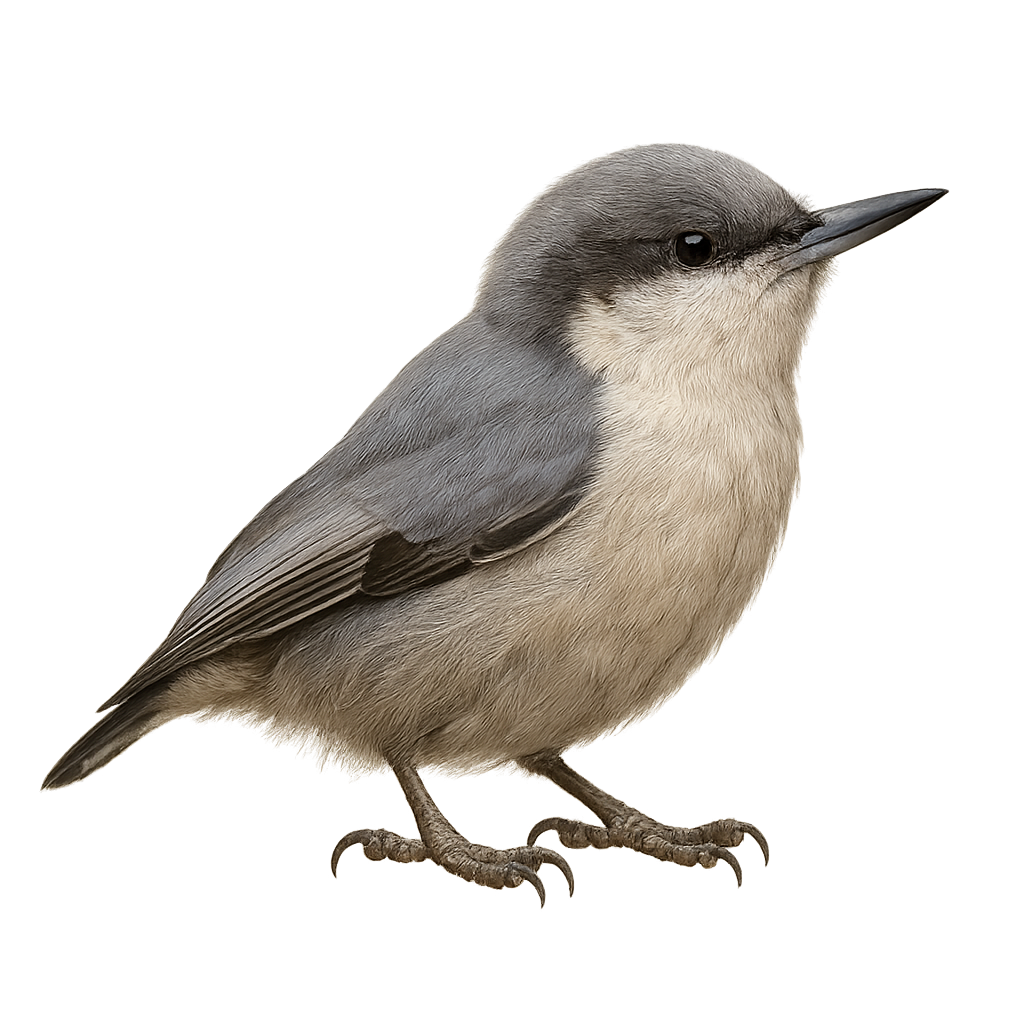Your wildlife photography guide.
Explore the pygmy nuthatch in detail, study its behavior, prepare your shots.
Where to observe and photograph the pygmy nuthatch in the wild
Learn where and when to spot the pygmy nuthatch in the wild, how to identify the species based on distinctive features, and what natural environments it inhabits. The WildlifePhotographer app offers tailored photography tips that reflect the pygmy nuthatch’s behavior, helping you capture better wildlife images. Explore the full species profile for key information including description, habitat, active periods, and approach techniques.
Pygmy nuthatch
Scientific name: Sitta pygmaea

IUCN Status: Least Concern
Family: SITTIDAE
Group: Birds
Sensitivity to human approach: Suspicious
Minimum approach distance: 10 m
Courtship display: April to May
Incubation: 14-16 jours
Hatchings: April to June
Habitat:
pine forests, open woodlands and forest edges
Activity period :
Primarily active during the day, with peak activity in the morning and late afternoon.
Identification and description:
The pygmy nuthatch (Sitta pygmaea) is a small forest passerine, measuring 9–11 cm in length and weighing 8–12 g, identified by its slate-blue dorsal plumage, brighter blue crown, and contrasting white throat. Endemic to western North America’s ponderosa and Jeffrey pine forests, it forages for insects, seeds, and resin in bark crevices. Highly social, it forms stable family groups year-round and often clings upside-down on trunks and branches. The breeding season runs from 01.04–30.06; it nests in cavities, laying 5–9 eggs incubated for 14–17 days, with hatchlings emerging between 15.04 and 17.07.
Recommended lens:
400 mm – adjust based on distance, desired framing (portrait or habitat), and approach conditions.
Photography tips:
To photograph the pygmy nuthatch, position yourself near pine trunks at dawn or late afternoon for soft, directional light. Use a 400–600 mm telephoto lens on a monopod or gimbal for stability and mobility. Select aperture f/5.6–f/8 for sufficient depth of field and a shutter speed of 1/1000 s or higher to freeze quick movements in the canopy. Enable continuous autofocus (AF-C) tracking and shoot in RAW to preserve dynamic range. Remain quiet and patient, watch family groups closely, and anticipate their rapid trunk-to-trunk hops for well-timed shots.
The WildlifePhotographer App is coming soon!
Be the first to explore the best nature spots, track rutting seasons, log your observations, and observe more wildlife.
Already 1 449 wildlife lovers subscribed worldwide

